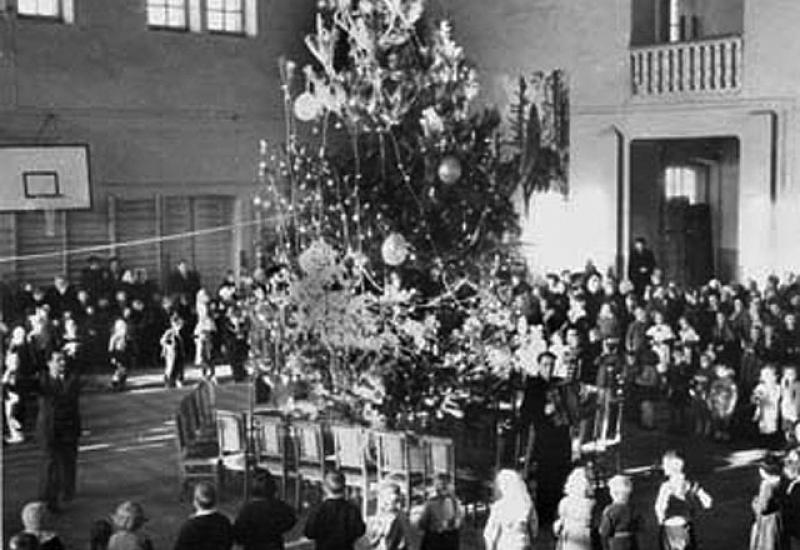New Year celebrations in our minds are firmly connected with the winter frost and snow.
But this holiday was not always held January 1. Sometimes ago in Europe as well as in Ukraine, the New Year was celebrated on Spring when they start a new agricultural cycle, or in autumn, when it completes. Later, in the Christian era, it was combined with Christmas or Easter.
The tradition to celebrate the New Year exactly January 1 originated from ancient Roman. In our country, it has become approved after the decree Peter 1 in 1699. National folk traditions started to be replaced by European. However, it was needed one and half century for tradition to become commonplace.
It is interesting that in Europe, instead of a Christmas tree first it was used a stepped wooden pyramid, on the shelves of it there were placed the so-called "gifts of the Magi." Decorations and gifts were also hung on the branches of deciduous trees (eg, cherry).
The idea is to decorate exactly the fir-tree belongs, according to legend, Martin Luther. One evening, just before Christmas, he was particularly struck by the beauty of the surrounding nature: the clear starry sky, snow sparkles and squeaks underfoot and snow-covered fir trees on the branches - as a reflection of the stars. And he decided to please family - brought home a small tree and decorated it with candles. In addition to candles, Christmas tree was decorated by "edible" ornaments: red apples, gold and silver nuts, sweets and honey biscuits. For children
Christmas tree with toys and candles gladdened people in our country until the end of 1917, and then were banned as "bourgeois relic of the past." The fir-tree returned (of course, not as a Christmas but as the New Year tree) after the newspaper "Pravda" December 28, 1935 published an article by the Soviet party leader P. Postyshev "Let's organize the New Year children a good tree." Soon in the New Year holiday in the Kremlin there appeared the first "public" tree, and next to it the grandfather Frost and Snegurochka.
New Year’s image of grandfather Frost emerged from the two characters of the Old Slavonic folklore: a formidable and rigorous Frost, which could destroy the crop (so he was treated with respect and fear), and Grandfather- distinguished ancestor. But in a strange way of these two quite serious figures there appeared a completely different figure - a genial grandfather with a huge bag of gifts. His "granddaughter" Snegurochka was also a character in the old fairy tales (it was even a few stories about ice girl who melted in the spring). Snegurochka image gained popularity after the composer Nikolai Rimsky-Korsakov wrote an opera based on the play by Alexander Ostrovsky, and finally entrenched in the tradition of New Year celebrations only after "rehabilitation" of the fir-tree in 1930.
Recalling the celebration of the New Year, I drew attention to the archival photographs of the museum KPI. Of course, today's students do not know that this holiday is traditionally held in the former gym, located on the second floor of the main building, where, after the restoration work is the hall of the Academic Council.
A lot has changed in that time, children who are depicted in the photograph are adults, and the former gym is survived only in the memories. But forever in the memory of these children remained distant events of this 1956 and New Year's Day in the KPI.
Author: Oleg Olhovenko engineer SPM

